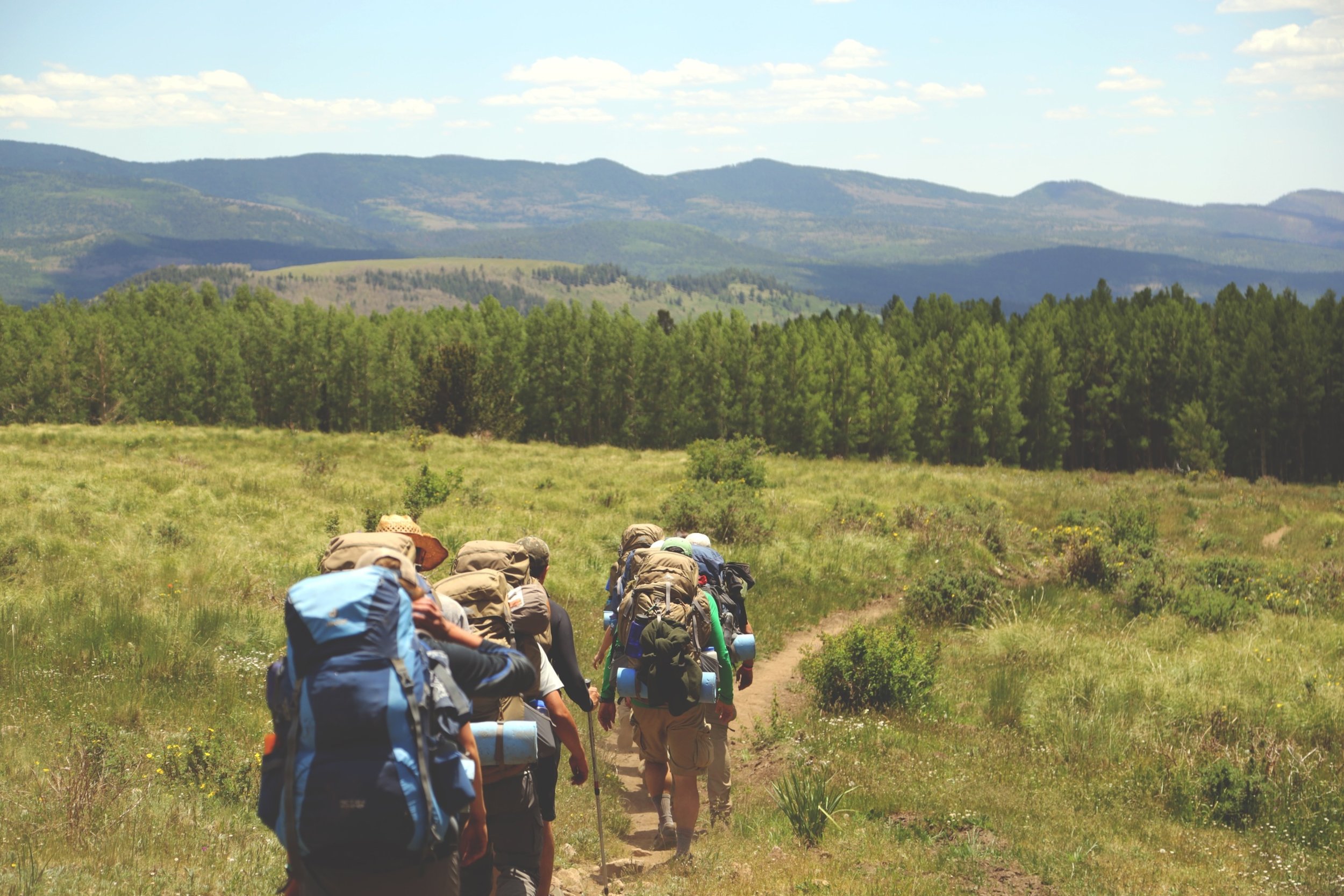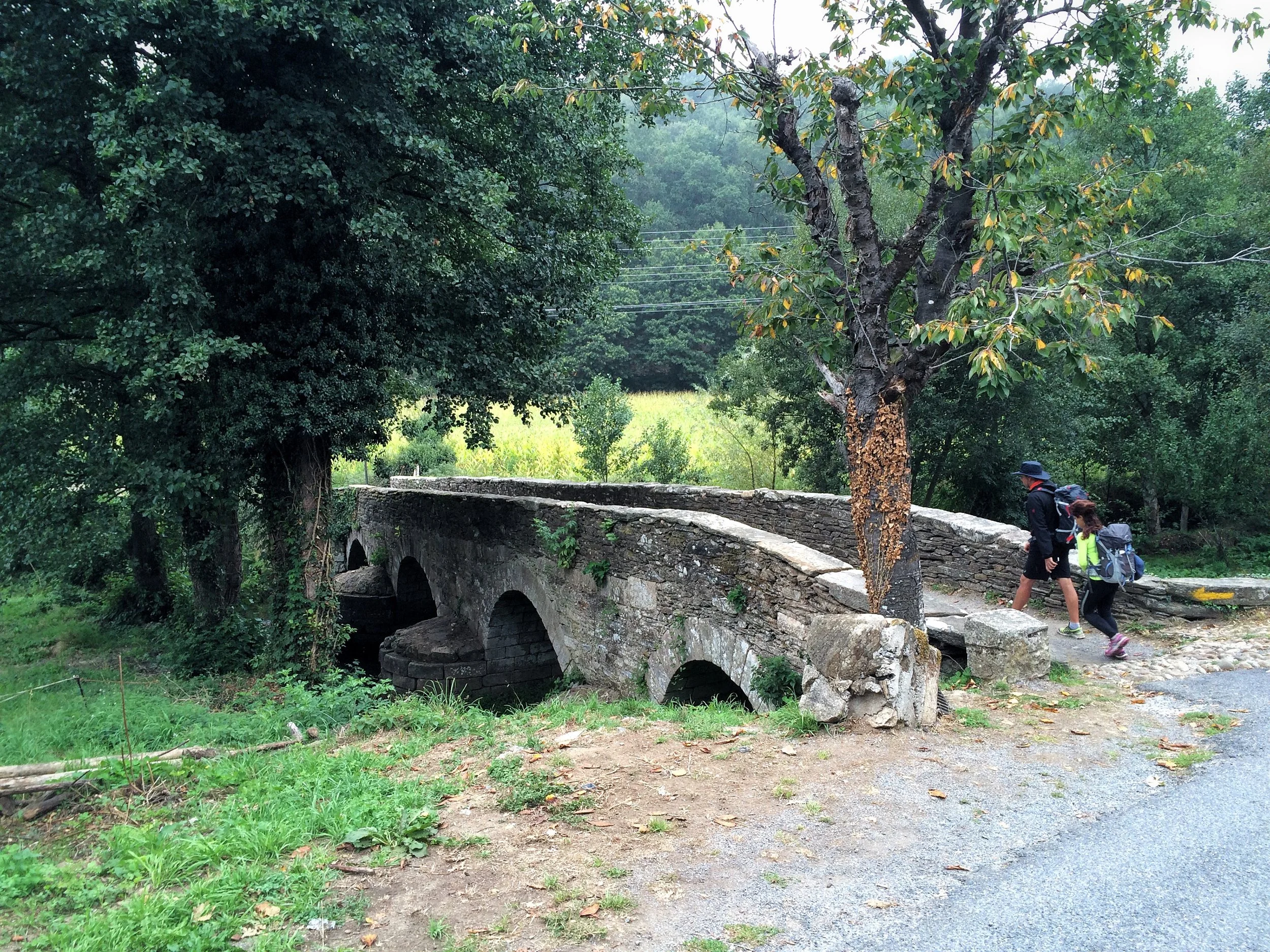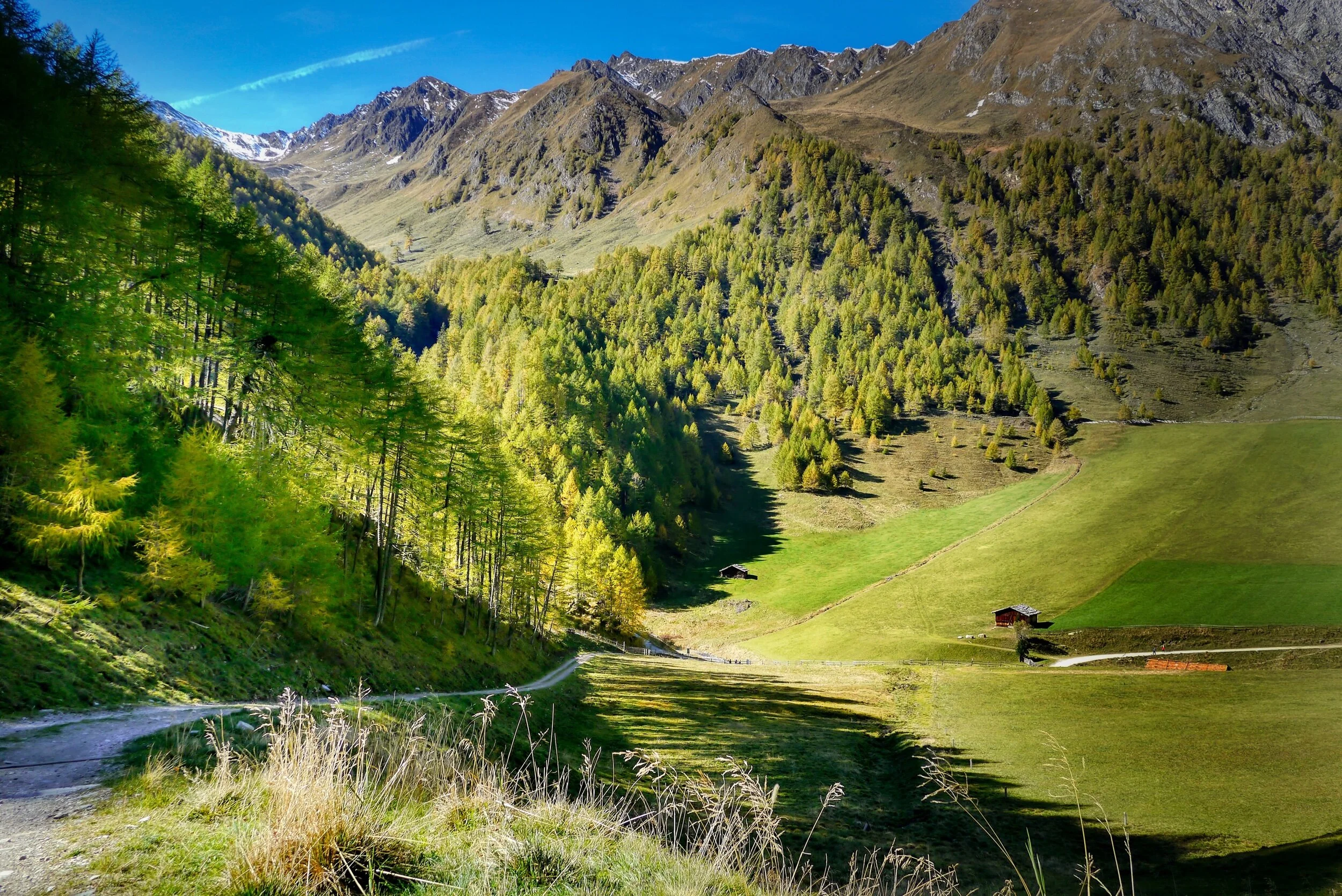Thru Hiking Backpack Buying Guide: What backpack do I need for thru hiking
Buying a new backpack can be a daunting task. This sack will house all your worldly possessions on a multi week or even month long excursion. Its understandable to be overwhelmed by the sheer amount of options. This guide will help you understand the different types of hiking backpacks and which one will be right for you.
Backpack, and even hiking, is such a broad term. There are so many different types of backpacks but not all of them will be best for a long thru hike.
In my opinion, hiking backpacks can be broken down into 2 main categories, traditional and ultralite, which can then be broken down into more subcategories; minimalist, ultralite, light traditional, traditional, and trekking. I will refer to these subcategories in the article.
These backpacks differ primarily in weight mostly due to the amount of included features. Features can be great but are not always necessary. Hikers usually want to travel as light as possible. Traveling light is more comfortable for your back, legs, and hips and will increase the chance of successfully completing your thru hike.
Maybe you do want a specific feature in your bag like an amazing harness system, compartmentalized pockets so you can find gear easily, or simply a trekking pole strap. This is all fine but note that every feature adds weight to the bag. What you need to ask yourself is what you really want in a bag. What luxury features will you allow and what features are mandatory.
A hiking backpack will depend on the type of hiking and the features you allow yourself. Lets understand what bags complement the different types of hiking.
Types of bags
Traditional packs are what you will normally see on the trail. They are your ospreys and Gregory packs, not inclusively.
In the heavier side of the spectrum are the trekking packs which are meant to hold heavy gear. These may have a strong internal or external frame and thick back, shoulder, and hip straps. You dont need this type of pack.
Moving towards the lighter side of traditional packs are what I call the light traditional section. These are like traditional packs but have less features and sometimes do not have internal frames. These are great for through hikers as they are light but usually have some luxary items that will help a newer hiker out.
Moving onto the ultralite section one will find packs with minimalistic designs. Ultralite packs usually have a minimum amount of pockets and low amount of bulky padding. With the decrease in weight comes an increase in price as these sometimes use higher priced components.
Lastly, minimalist packs which are what they sound like. They are usually a large sack with one opening, a hip belt, some shoulder straps, and very little padding or adjustment straps. These are for the experienced hikers. Hikers who know what they want to bring and can manage with very little.
In the middle of this graph is where you find specific made thru hiking packs. For first time hikers we suggest light traditional packs. For Indermediate hikers we suggest moving up to ultralite packs.
Here are some ultralite, light traditional, and traditional packs that we recommend and their features, or even better, lack of features.
Traditional:
Stick with quality brands
This list of packs come from a small selection of brands. Of course, this is not a complete list but the quantity of brands is not a coincidence. Whatever material a bag is made of, the first thing to fall apart on a poor quality pack is its stitching. This can be due to poor stitching or poor design.
Good brands pay attention to details and have a wealth of experience in designing packs. I have had packs made of thin nylon or polyester that held up far longer than I thought they should have. So to help narrow your list, our recommendation is to stick with quality brands that have lifetime warranties.
There are some brands that use less durable materials that are water resistant or light such as UHMWP. If this is the case, you should still go with a reputable brand and purchase a bag that will at least last you a whole year on the trail. Dive deep into user reviews when it comes to bags that do not have lifetime warranties.
Fit guide
If buying online, knowing how a bag will feel can be tricky. We suggest going into a store if its your first time buying a bag. If you can’t make it to a store then be meticulous with your research. Professional and user reviews are very helpful.
As for sizing, usually websites will give sizing charts to help pick out the right pack. Sizing charts are usually based on torso length which can be measured at home with tailors tape. Packs will sometimes come in different sizes such as small and large or will have adjustment straps. Unless you are extremely tall or small, any normal sized backpack should fit fine.
What should I be looking for in fit?
In our personal opinion the most important part of a backpack is the hip/waist strap. This part of the pack will hold most of the weight so it is important that the hip strap is robust and comfortable.
Other than the hip belt, a sternum strap will help to secure the pack to your body but most, if not all, packs come with one. Shoulder straps are not as important as you would think. The shoulder strap, sternum strap, and back panel help to create a multi-point system for keeping the back stable on your body but are not for bearing weight.
The luxury feature I look for in a pack is quality back ventilation. Some packs will use mesh, suspended mesh, molded foam, air channels, or other methods. I find a sweaty back can be uncomfortable in hot summer hikes. Ventillation in other parts such as the shoulder straps or hipstraps help regulate sweat and provide more comfort.
Weather resistance is a good option but it should be known that no pack is water proof. Dry sacks inside of a water resistant pack will help tremendously but in a deluge water will eventually seep into eveything.
What size pack should I get?
Packs are most commonly measured in liters. The easiest way to visualize this is by holding a 1 liter smart water bottle or 2 liter bottle of soda. You could go so far as to cut a bottle open and see how much stuff you can fit into. But this may not be as effective as it seems.
The reality is manufacturers don’t measure the same way. The liter amount a manufacterer gives may not refrence the main compartment of the pack but also include the size of smaller pockets. You wont be able to fit 35 liters of cloths into a 35 liter pack because maybe 10 liters of the pack are from small gear pockets found on the outside.
A 50 liter pack usually doesnt ‘feel’ like it can fit 50 liters for a begginer hiker but dont let this intimidate you into buying a bigger pack. Packing less is the most effective way of reducing the weight on your back.
We recommend carefully planning out what you will bring on your hike and then trying to reduce the amount of stuff. After you are done with that try to reduce it even more. Push yourself to reduce it as far as you can and keep in mind you will most likely be able to buy any one of those items on your hike. We recommend packing less and traveling with a bigger wallet. Once you have your final list of items you can better evaluate what size pack you need.
Packs on the trail usually range from 30 to 60 liters. If you are taking a plane and dont want to pay checked baggage fees then you can only go to a maximum size of 35 to 45 liters (depending on the airline). The smaller the pack the lighter it is.
We could go further into mail drops, switching out gear for different seasons, and packing efficiently, but a first time hiker might not do this. Its better to get out on the trail and learn from others and ones mistakes. If you are still interested in reading about backpacks check out our backpack primer article.















